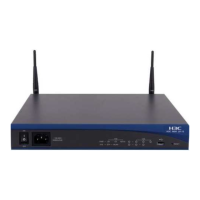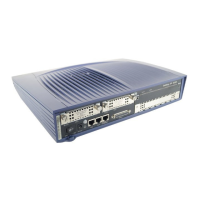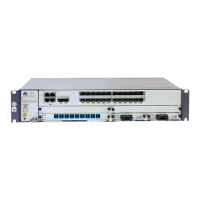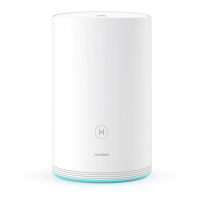Operation Manual - Multicast Protocol
Quidway S6500 Series Ethernet Switches Chapter 6
PIM Configuration
Huawei Technologies Proprietary
6-3
reducing the network bandwidth occupied by data and control packets and bringing
down processing cost of routers. Multicast data travels along the shared tree to the
network segments where the multicast group members are located. When the data
traffic is heavy, the SPT (Shortest Path Tree) rooted on the source can be used to
reduce network delay. PIM-SM depends on whichever present unicast routing table to
perform the RPF check instead of a unicast routing protocol.
To run PIM-SM protocol, you need to configure candidate RPs and candidate BSRs.
BSRs are responsible for collecting the messges from the cadicate BSR and
broadcasting them among the network.
II. Working principle
The operation of PIM-SM includes neighbor discovery, Rendezvous point tree (RPT)
establishment, multicast source registration and SPT switching. Neighbor discovery
mechanism is the same with that of PIM-DM and will not be addressed here.
1) Rendezvous point tree (RPT) establishment
A leaf router locates the corresponding RP when it notices through IGMP packets that a
host directly connected to it joins in the multicast group G. It then sends the join
message to the upstream node towards the RP. Each router along the path between
the leaf router and the RP generates a (*, G) entry in the forwarding table, covering all
packets sent to the multicast group G, regardless of the sources. When receiving a
packet sent to multicast group G, the RP forwards it through the established path to the
leaf router and then to the host. In this way, an RP-rooted tree (RPT) is built as shown in
the following figure. See
Figure 6-2 RPT diagram.
Multicast Source S
RPT
join
Multicast source registration
RP
Receiver
Figure 6-2 RPT diagram
2) Multicast source registration
The multicast source S sends a multicast packet to the multicast group G. When the
PIM-SM multicast router directly connected to S receives the packet, it will encapsulate
the packet into a register packet and send it to the corresponding RP in unicast form. If
there are multiple PIM-SM multicast routers on a network segment, the Designated
Router (DR) will be responsible to send the multicast packet.
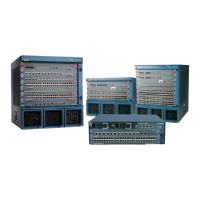
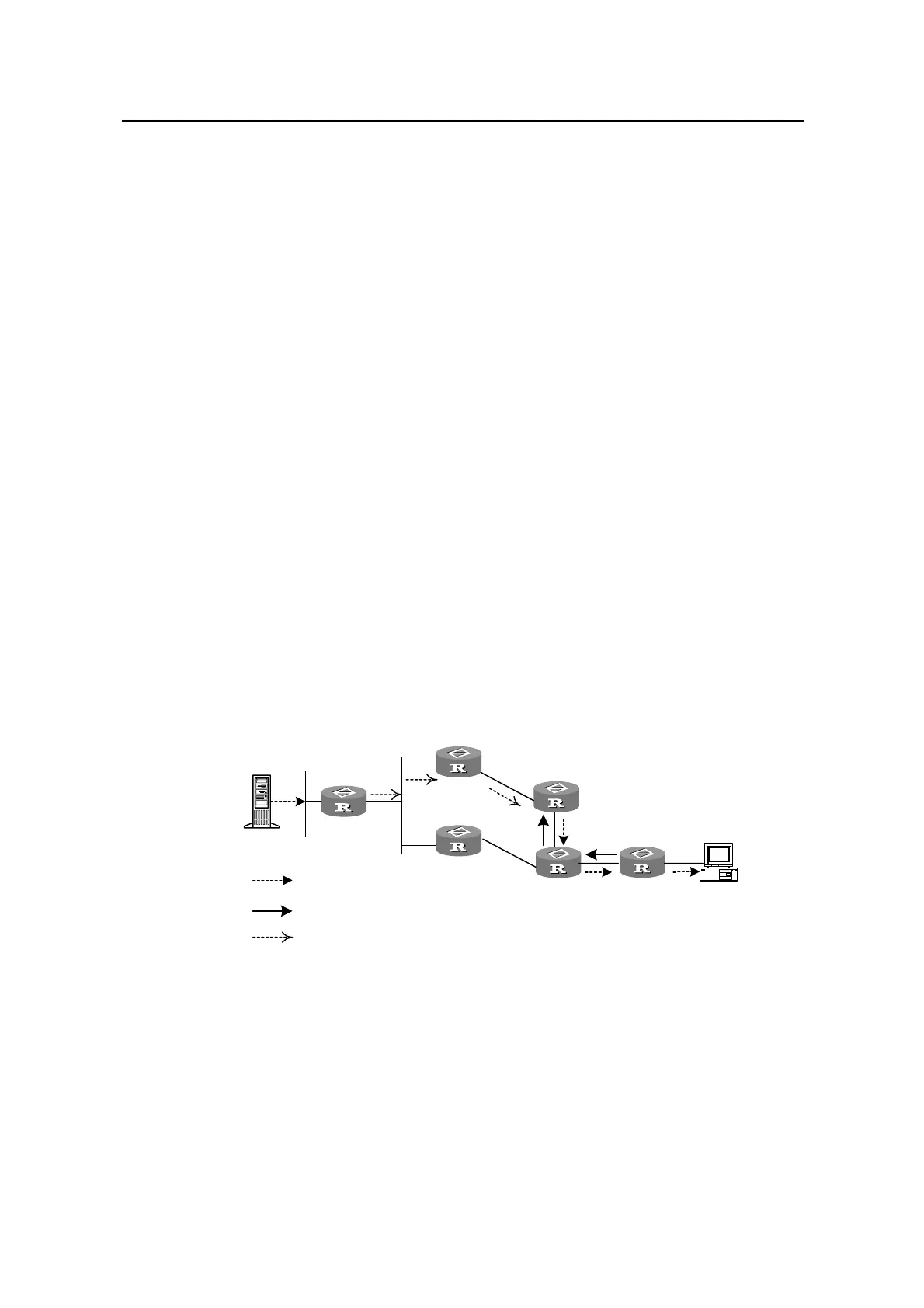